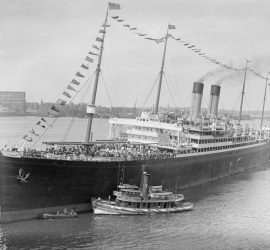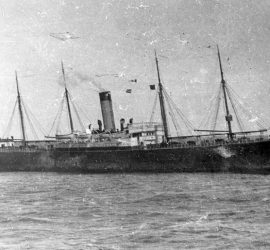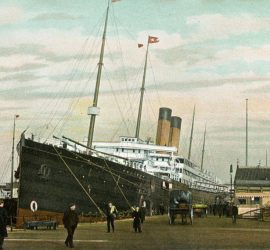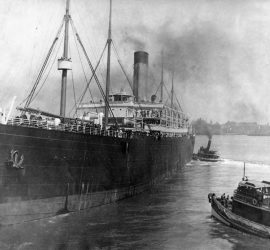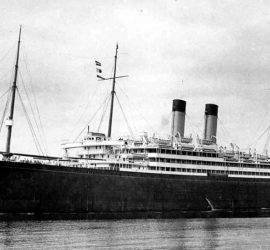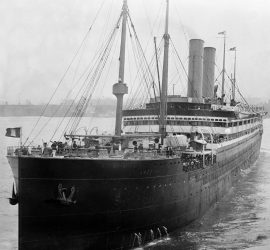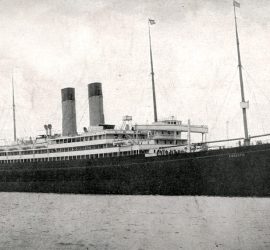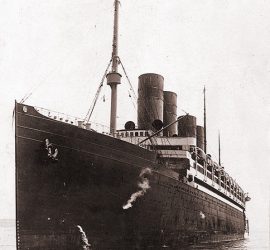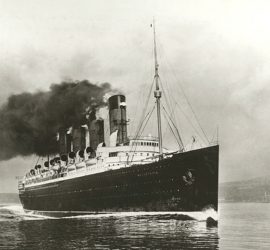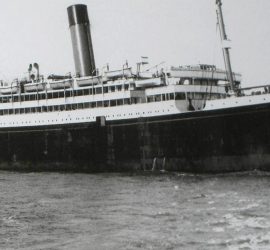1901 – 1928 / White Star Line’s second Celtic was the first of the company’s ‘Big Four’ quartet and the world’s largest ship thus far. Having served in World War I, she ran aground in 1928 and was declared a total loss.
Daniel Othfors
1902 – 1915 / An unremarkable cargo-passenger ship, this Leyland liner would become most known for the role she played on the night that the Titanic went down. In 1915, she was torpedoed and sunk in the Mediterranean.
1903 – 1932 / As the second vessel of White Star Line’s ‘Big Four’ quartet, the Cedric saw a successful career which included wartime service as an armed merchant cruiser.
1903 – 1909 / Also known as Republic (II) / Launched for the Dominion Line, the Columbus was soon transferred to White Star and was renamed Republic. She became the world’s greatest ship-loss thus far, when she sank after a collision with the Italian ship Florida.
1904 – 1933 / Third in White Star’s ‘Big Four’ quartet, the second Baltic was launched as the world’s largest ship. She had a long career as a popular vessel, and served as a troop transport during World War I. She ended her days at the shipbreakers in Japan.
1905 – 1957 / Also known as America (I) / A German competitor in terms of size and luxury, the Amerika was seized and used as an allied troop transport during World War I. Her post-war career was under the American flag, but as her age caught up with her, she was finally sent to the breakers.
1907 – 1934 / The final ship of White Star’s ‘Big Four’, the Adriatic was actually the first ship to be both longer and larger than the fabled Great Eastern. Serving with distinction through the first world war, she was later relegated to less prestigious routes and finally sent to the breakers in Japan.
1907 – 1940 / The last of the German ‘Four Flyers’, the career of Kronprinzessin Cecilie ended when she was confiscated by the US for military use in World War I. Afterwards, she languished in Chesapeake Bay for almost 20 years before being scrapped.
1907 – 1934 / The legendary Mauretania saw an amazing career during peace as well as war, and held the Blue Riband for more than 20 years. She became one of the most famous Cunard ships of all time.
1909 – 1917 / As part of an experiment that would decide the engine arrangements for the Olympic-class, the Laurentic had a successful, albeit brief career that ended when she was sunk during World War I, while carrying a precious cargo of gold.

